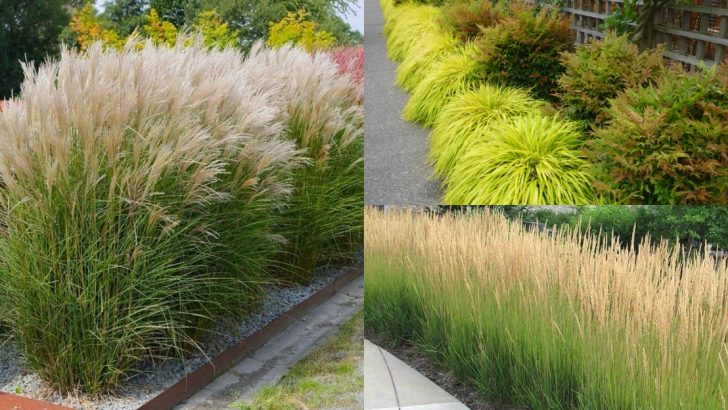They look innocent. Graceful, even. But some ornamental grasses are garden bullies in disguise—spreading fast, taking over beds, and choking out everything in their path. What starts as a stylish accent can spiral into a full-blown invasion. You plant one tuft, blink twice, and suddenly it’s everywhere. The good news? You can still get that breezy, sculptural look without surrendering your garden. We’ve rounded up seven grasses that are known troublemakers—and paired them with elegant, well-behaved alternatives that play nice with your space. Ready to take back control? Let’s go.
Miscanthus sinensis (Chinese Silver Grass)

Known for its towering presence, Miscanthus sinensis captivates with its feathery plumes and elegant arching stalks. However, its beauty masks a propensity to spread rapidly, overshadowing other plants. Gardeners often find themselves battling its invasive nature, as its seeds scatter widely, establishing colonies that are difficult to control. It’s a classic case of too much of a good thing, where aesthetics come at the cost of garden harmony.
Panicum virgatum (Switchgrass)

Switchgrass is celebrated for its upright structure and ability to sway gracefully in the wind, embodying a sense of movement. It adds a touch of wilderness to gardens while staying in its designated space. Unlike its invasive counterparts, this grass respects boundaries, providing an elegant solution without the risk of invasion. Its versatility makes it suitable for various landscapes, from formal gardens to prairie-style designs.
Pennisetum setaceum (Fountain Grass)
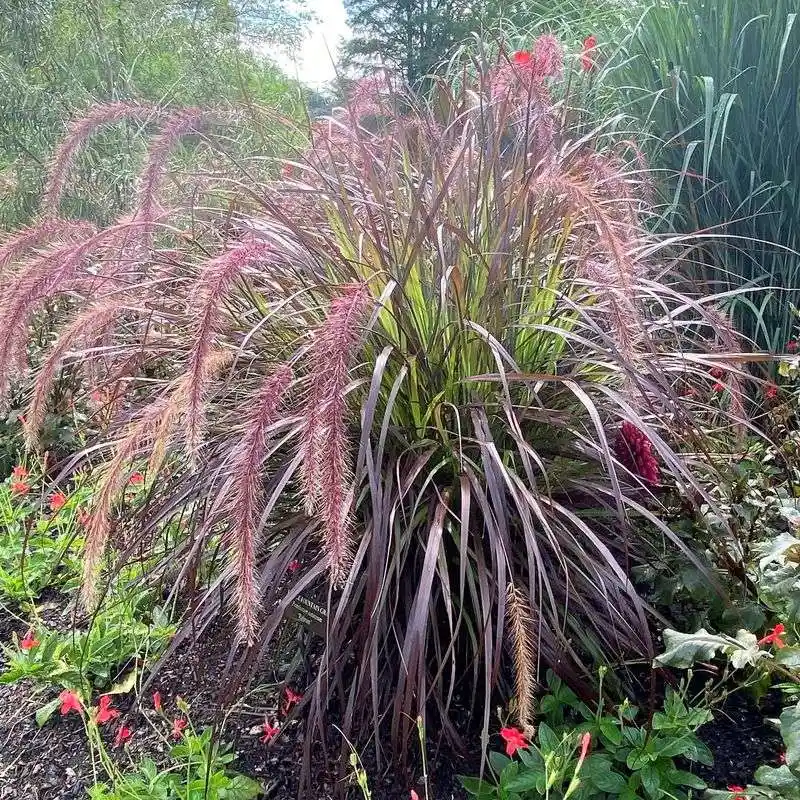
The allure of Pennisetum setaceum lies in its arching, bottlebrush-like flowers. Yet, this beauty often comes with a price as it takes over garden spaces with its rampant growth. The delicate plumes, while charming, can become a gardener’s headache, seeding prolifically and spreading beyond their welcome. It’s a grass that demands attention and can easily monopolize a garden if left unchecked.
Pennisetum alopecuroides (Fountain Grass)
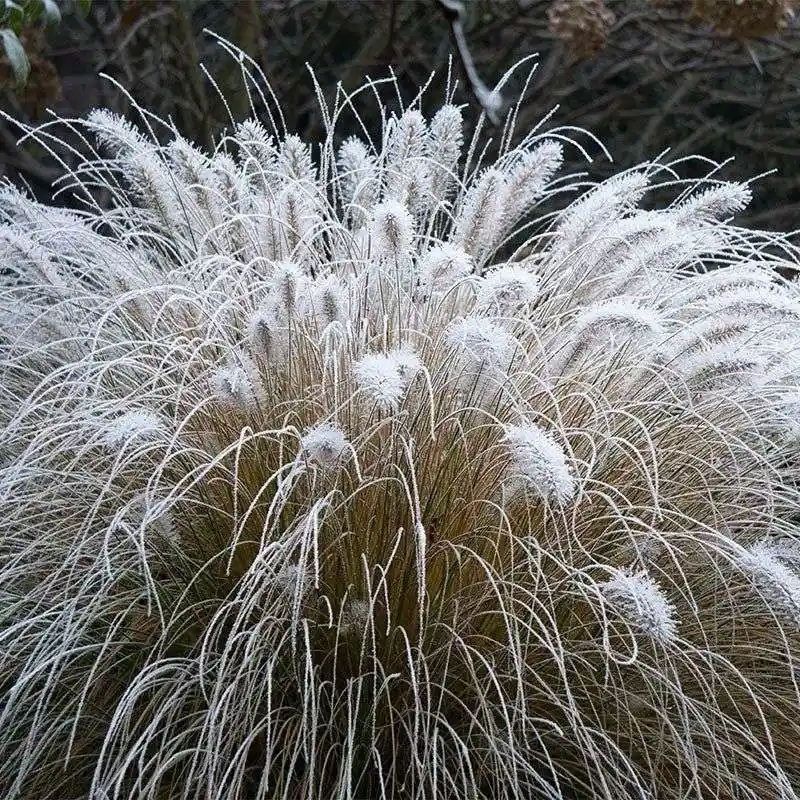
Pennisetum alopecuroides offers a refined alternative with its compact form and graceful plumes. This variety maintains the visual appeal of its cousins without the aggressive spread. Its tidy growth habit makes it a favorite among gardeners looking for drama without disaster. The soft, tan plumes add a gentle touch, providing texture and movement without invading neighboring plants.
Phalaris arundinacea (Reed Canary Grass)
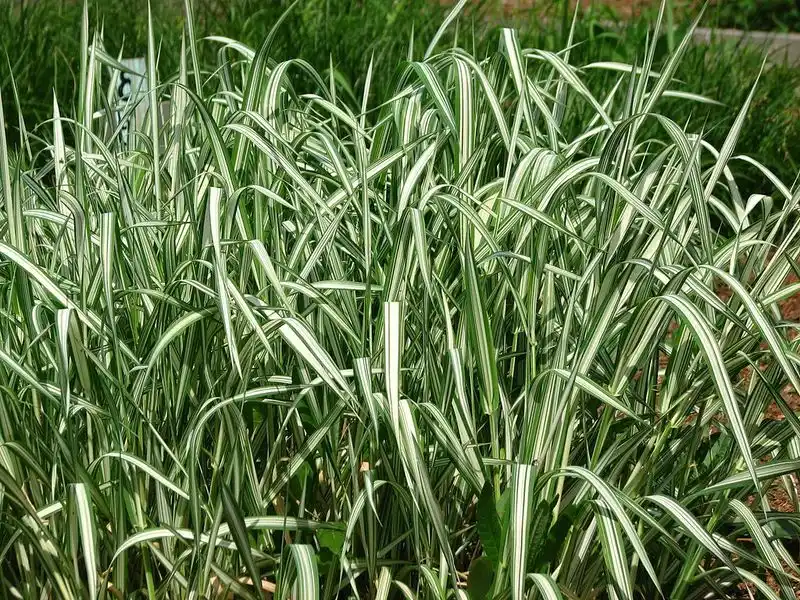
Reed Canary Grass is notorious for its aggressive nature, particularly in wetland environments. Its rapid spread and dense growth can quickly choke out native vegetation, creating a monoculture. While it offers an impressive display of foliage, the ecological impact often outweighs its ornamental value. This grass is better suited for areas where its spread can be contained and managed effectively.
Chasmanthium latifolium (Northern Sea Oats)
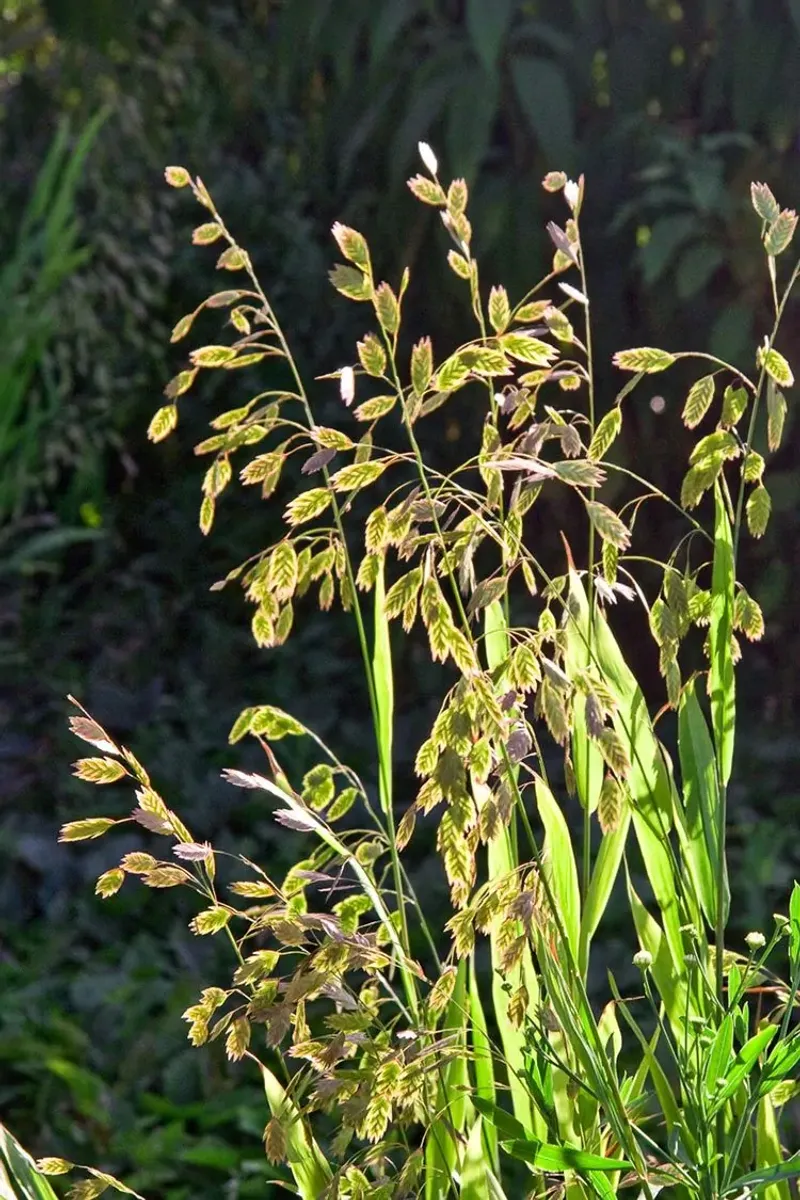
Northern Sea Oats captivates with its unique, flat seed heads that dangle delicately from slender stems. Unlike Reed Canary Grass, this plant is well-mannered, offering an eye-catching display without taking over. It’s an excellent choice for adding a touch of whimsy to shaded areas, providing a visual rhythm that complements rather than competes. Its adaptability to various conditions makes it a versatile garden companion.
Arundo donax (Giant Reed)
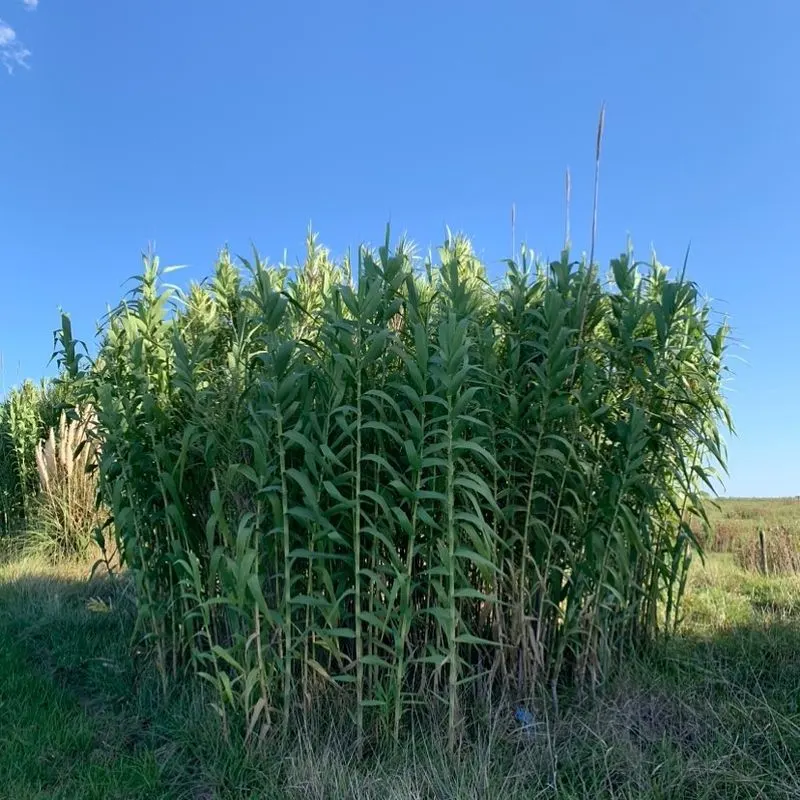
The impressive stature of Arundo donax makes it a striking focal point but also a formidable invader. Its rapid growth and tall, bamboo-like stems can overshadow both plants and structures. In warm climates, it can be particularly troublesome, spreading aggressively and dominating landscapes. This grass requires careful management to prevent it from becoming an overwhelming presence in the garden.
Sorghastrum nutans (Indiangrass)
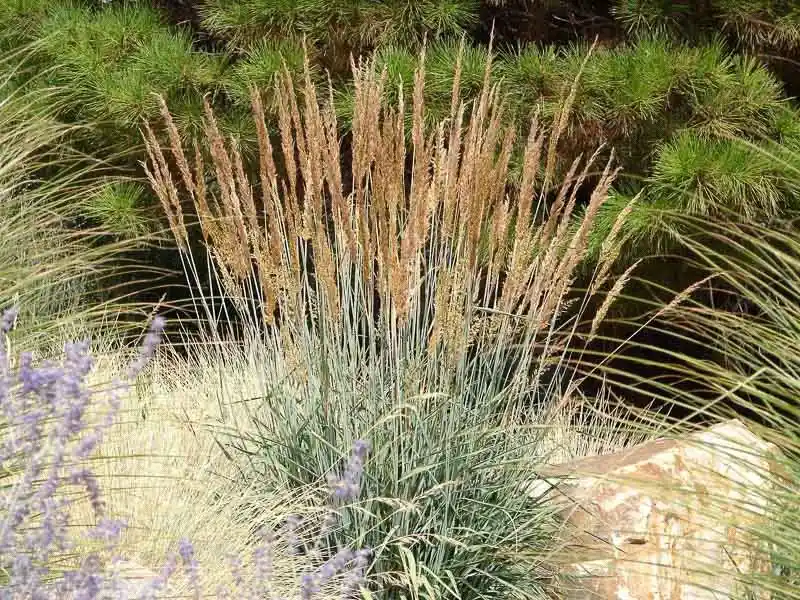
Indiangrass boasts golden flower spikes that catch the sunlight beautifully, making it a garden favorite. Its non-invasive nature allows it to coexist peacefully with other perennials. This grass provides a hint of prairie charm without the maintenance headaches. It’s a perfect choice for those seeking to incorporate ornamental grass into their landscape without fear of it taking over the garden.
Erianthus ravennae (Ravenna Grass)

Ravenna Grass stands tall with its statuesque form and shimmering silver plumes. Its majestic appearance is matched by its ability to spread quickly, often creating more work for gardeners than anticipated. While visually stunning, it can become a garden bully, overshadowing its neighbors and demanding more space than it deserves. This grass needs to be carefully managed to maintain control over its growth.
Calamagrostis acutiflora (Feather Reed Grass)
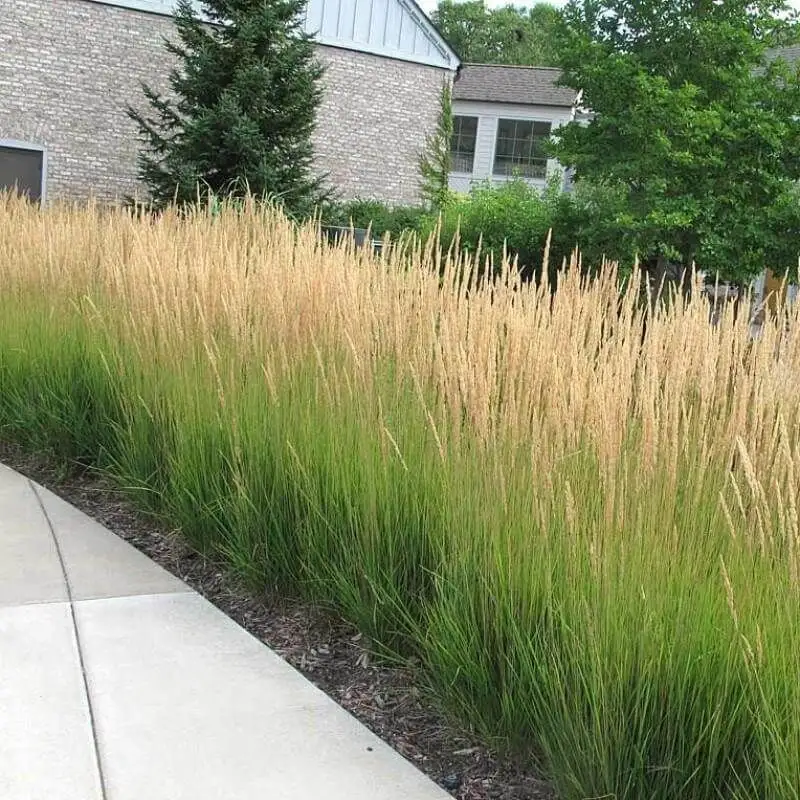
Feather Reed Grass is celebrated for its vertical growth and delicate plumes, adding architectural interest without overwhelming its surroundings. Unlike Ravenna Grass, it remains well-behaved, making it a reliable addition to any garden. Its graceful form provides year-round interest, standing tall through the winter months. It’s an ideal choice for creating structure and movement in garden design.
Imperata cylindrica (Cogongrass)
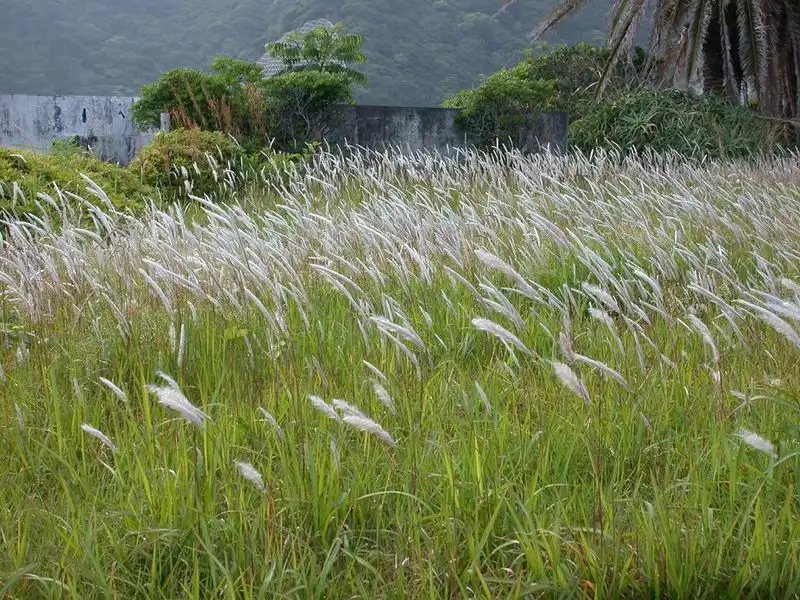
Cogongrass captivates with its striking red hues but is infamous for its highly invasive nature. It spreads through both seeds and underground rhizomes, often requiring significant effort to control. This grass can dominate landscapes, displacing native plants and altering ecosystems. While its color is appealing, the ecological cost is often too high for responsible gardeners to justify its inclusion in their plantings.
Hakonechloa macra (Japanese Forest Grass)
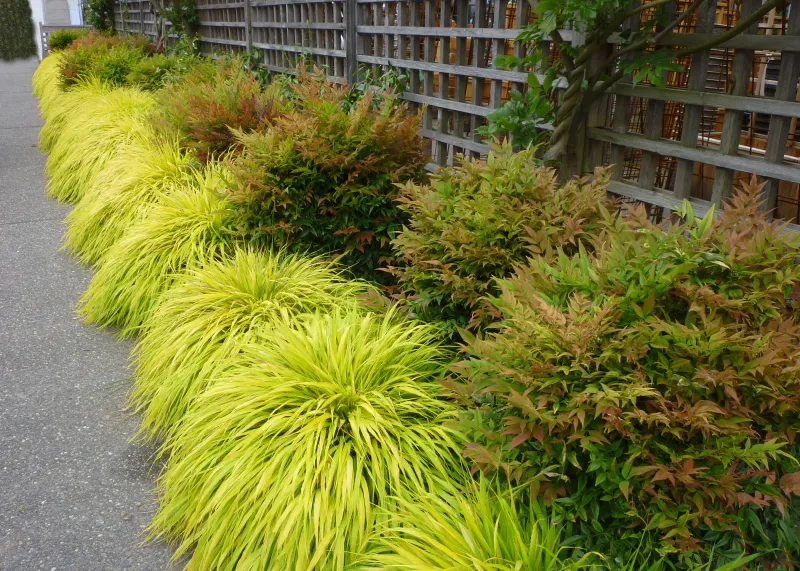
Japanese Forest Grass offers a peaceful alternative with its gentle, cascading form and vibrant green foliage. Its slow growth and clumping habit make it an ideal choice for shaded areas where it can thrive without overtaking other plants. This grass adds a touch of elegance and tranquility, creating a serene atmosphere in any garden setting. It’s perfect for those looking to introduce color and texture without the hassle of constant maintenance.
Nassella tenuissima (Mexican Feather Grass)
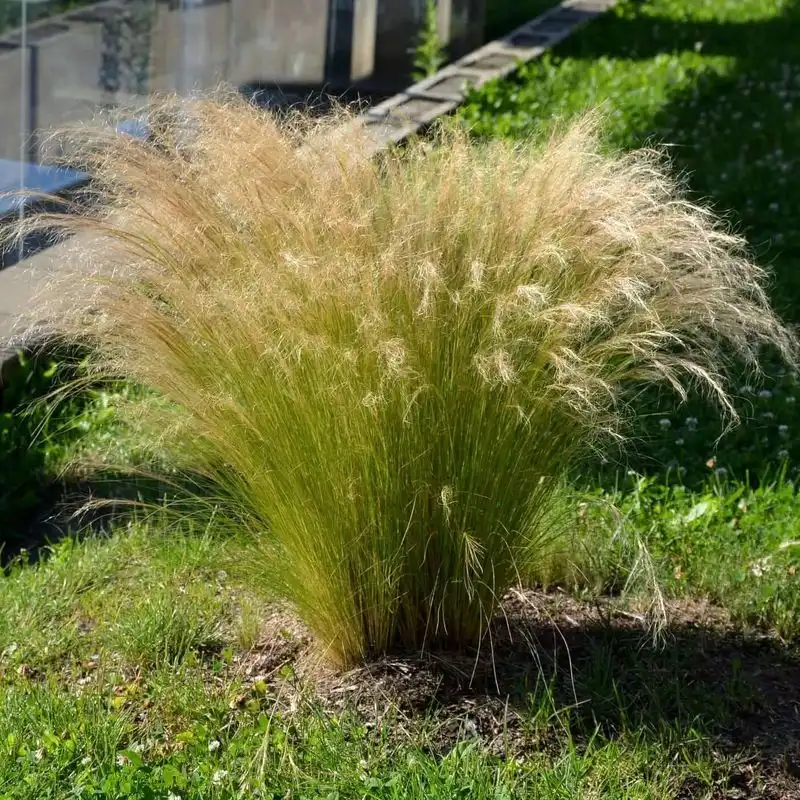
Mexican Feather Grass enchants with its soft, flowing texture and shimmering golden tones. Yet, its charm can be deceiving, as it seeds prolifically, spreading into areas where it was never intended. Gardeners may find themselves battling its encroachment more often than not. Though visually captivating, its invasive nature requires vigilant management to prevent it from becoming a garden nuisance.
Schizachyrium scoparium (Little Bluestem)
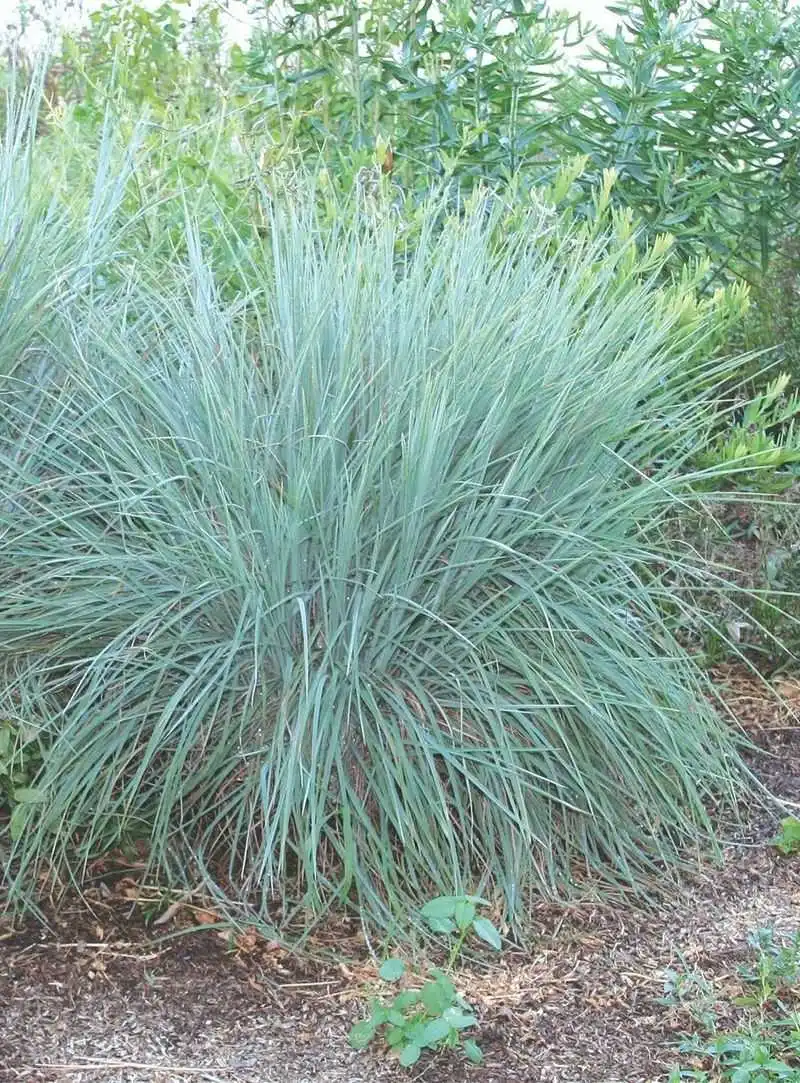
Little Bluestem steals the show with its vibrant foliage that transitions from bluish-green to striking rust in autumn. Its non-invasive growth habit and compact form make it a gardener’s ally, providing beauty without the brawl. This grass is perfect for adding seasonal interest and color without the risk of it spreading into unwanted areas. It’s a wonderful choice for those seeking low-maintenance elegance in their garden.

